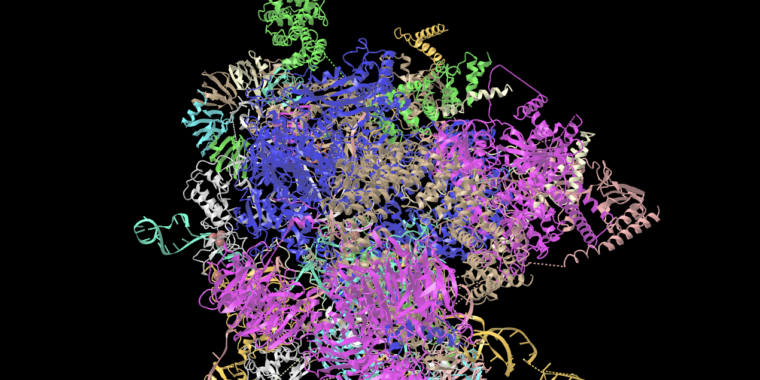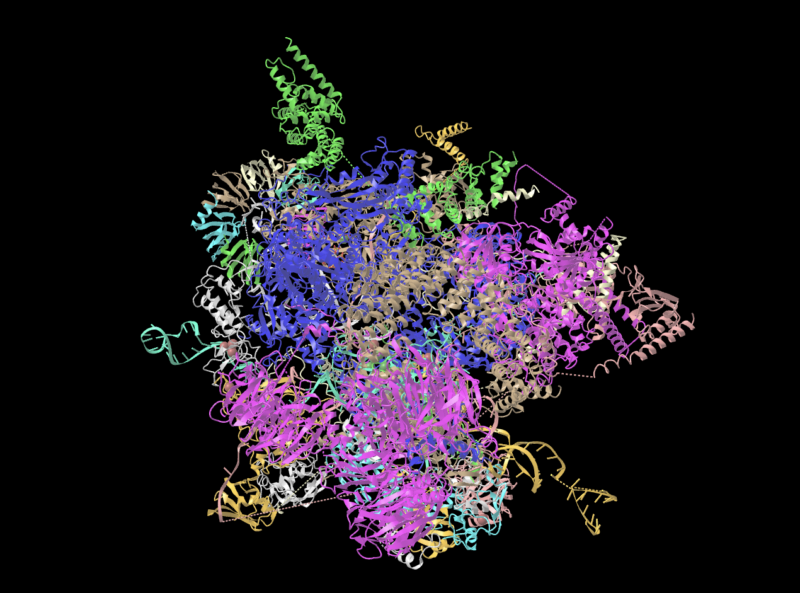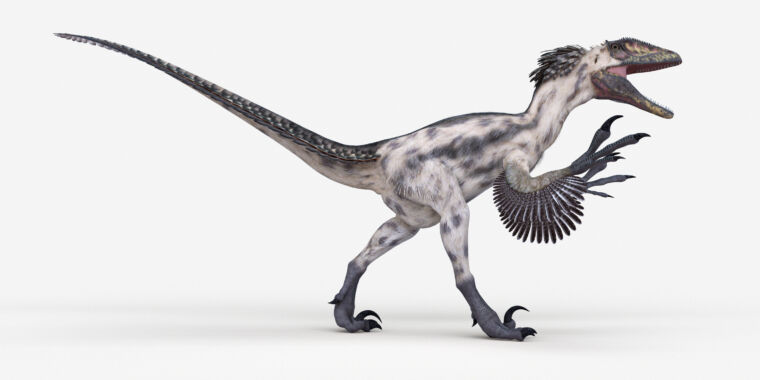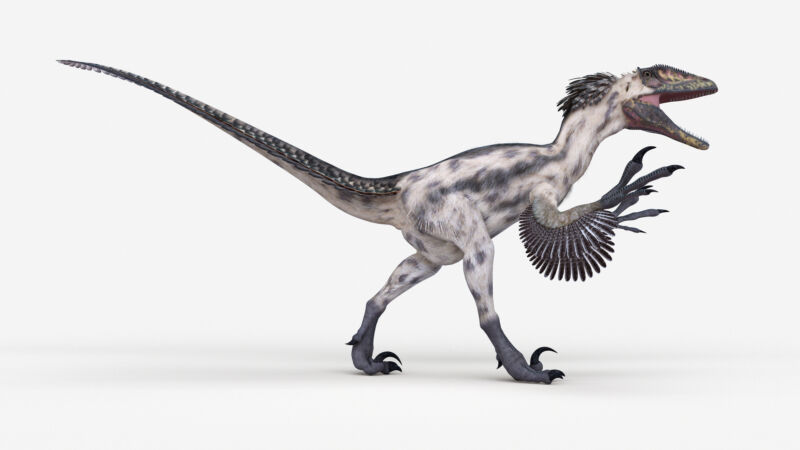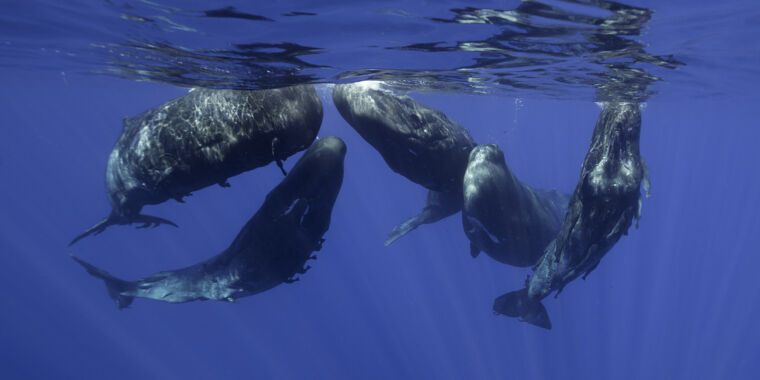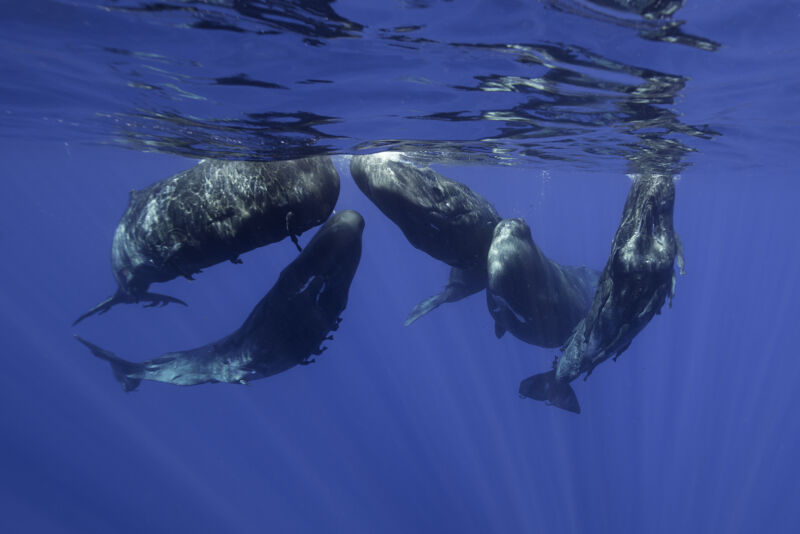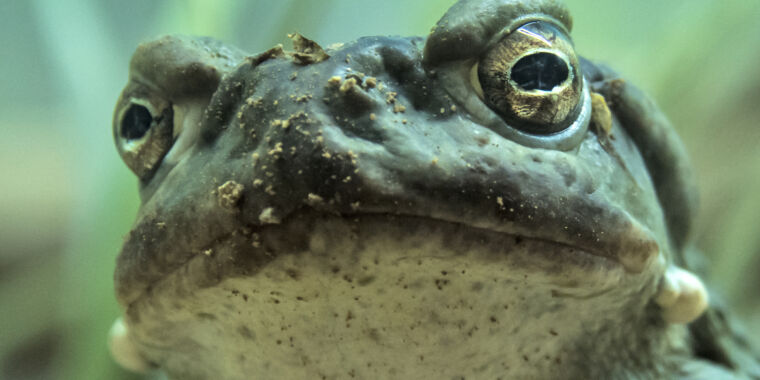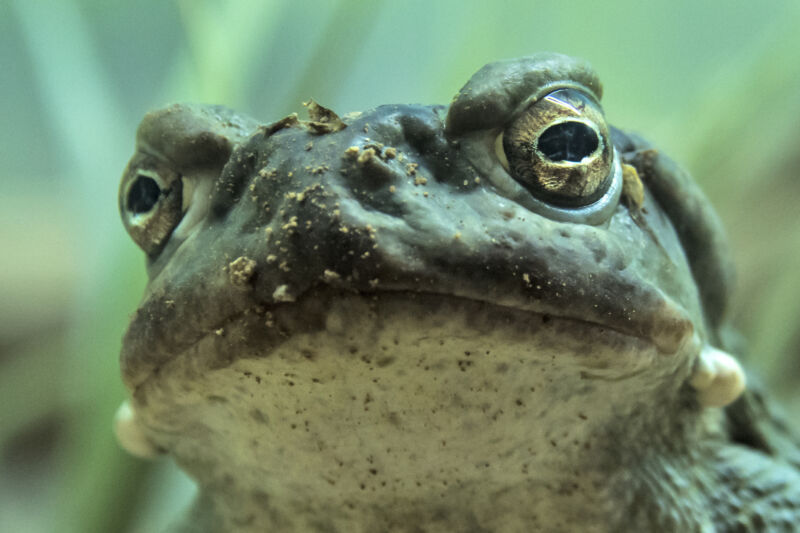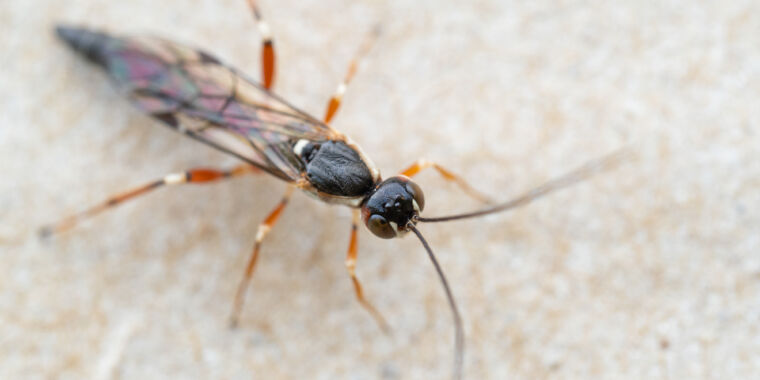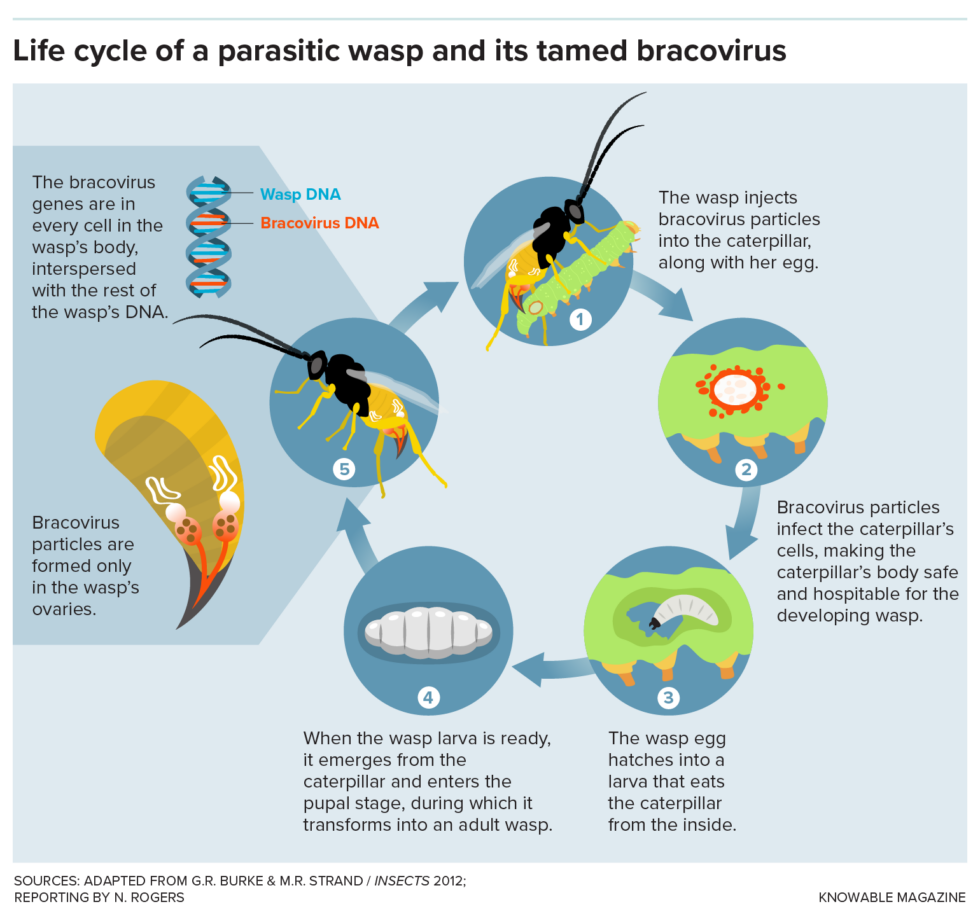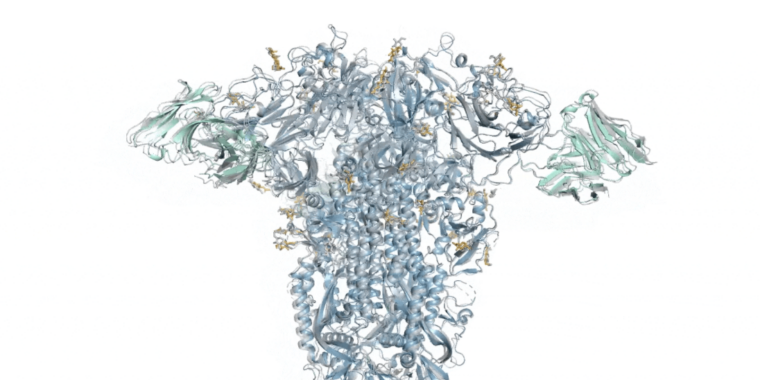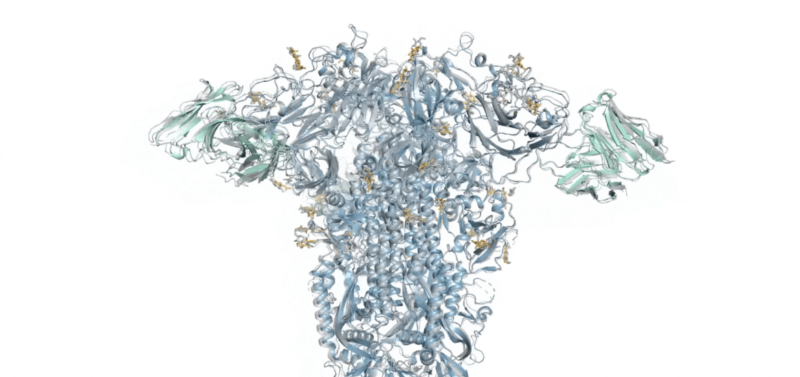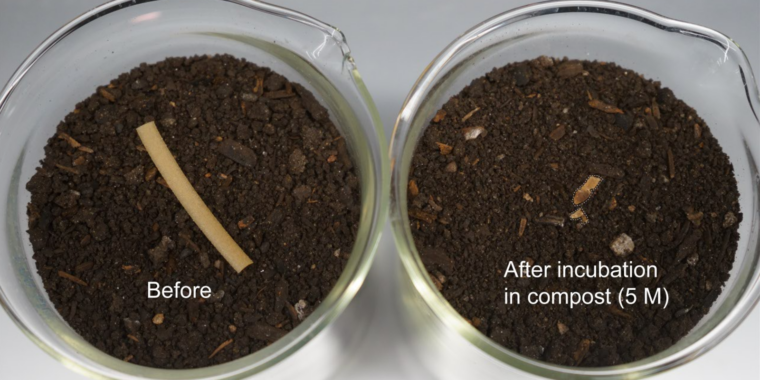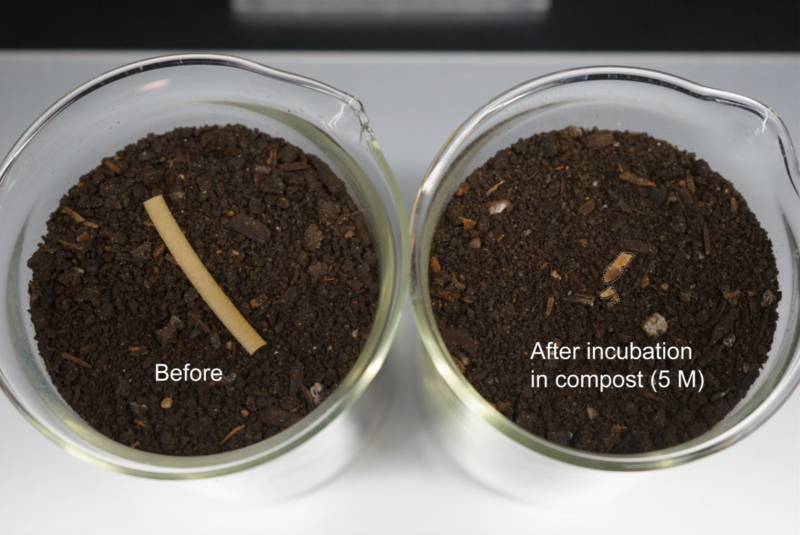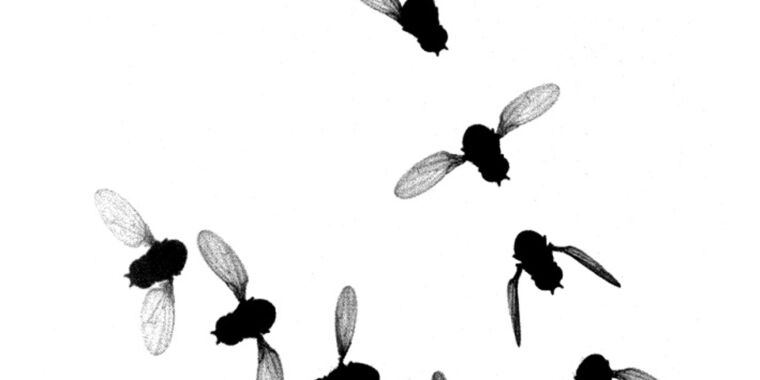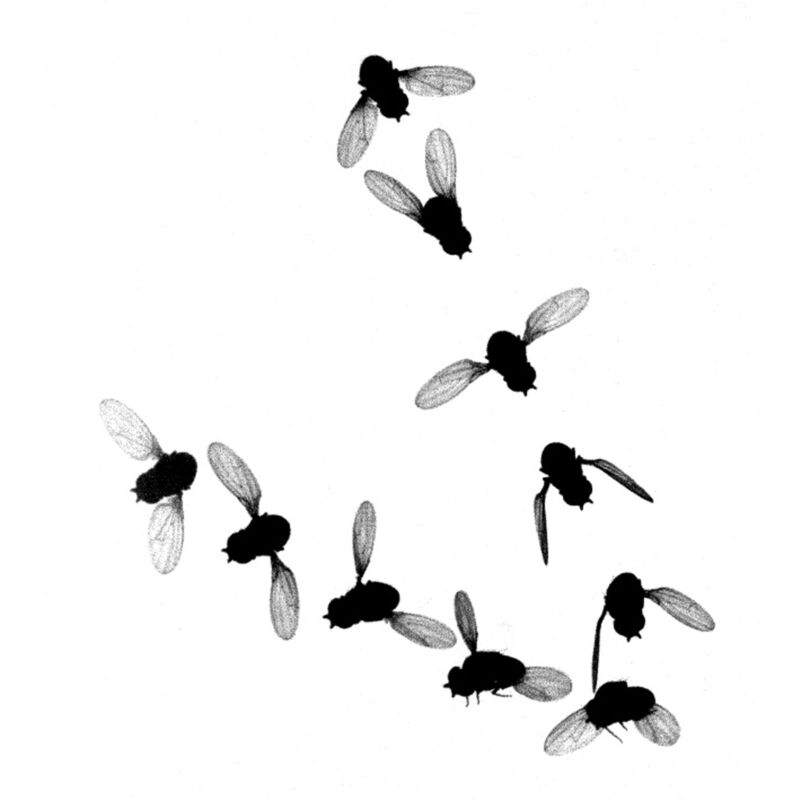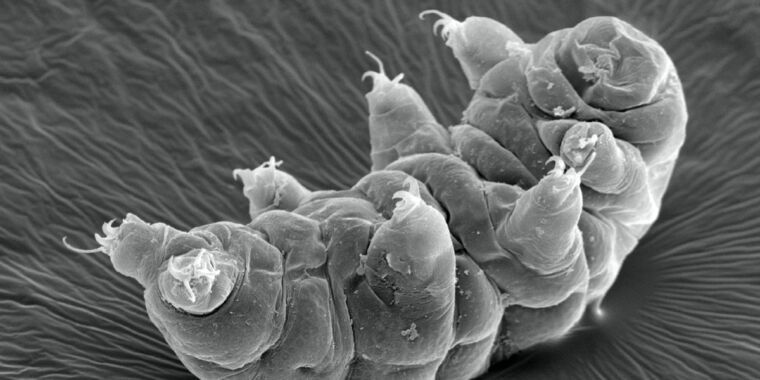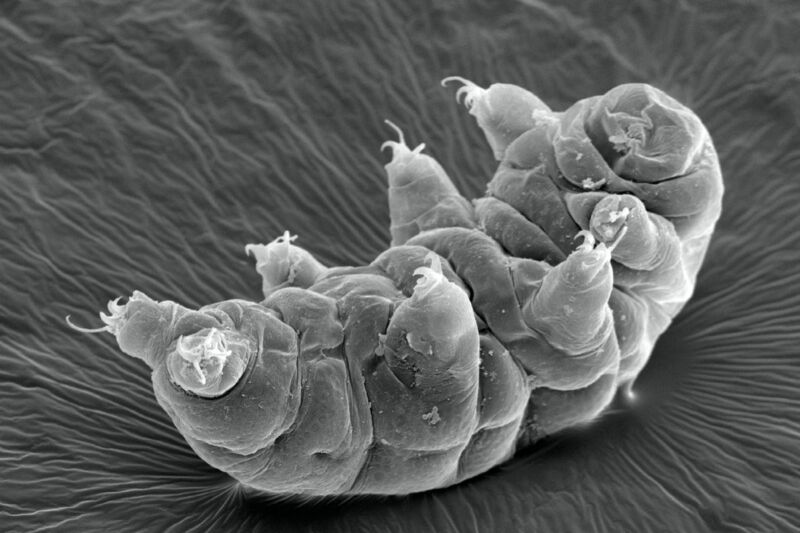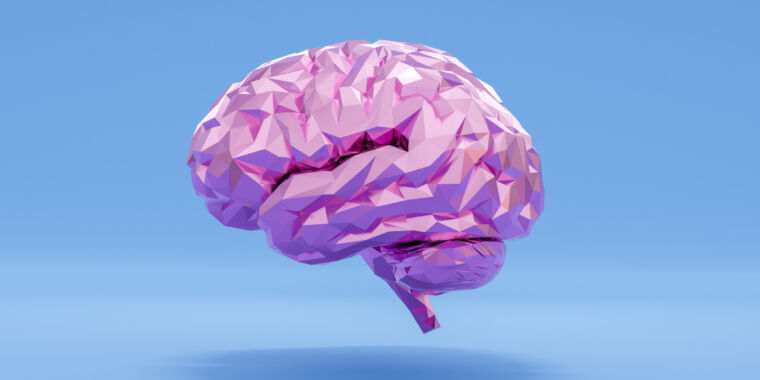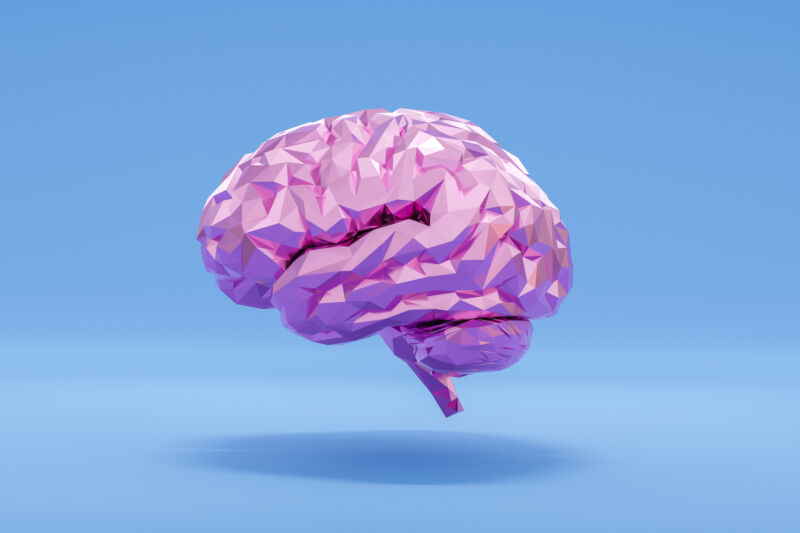Nitrogen-using bacteria can cut farms’ greenhouse gas emissions
Keeping crops from the greenhouse —
Nitrogen fertilizers get converted to nitrous oxide, a potent greenhouse gas.

Fritz Haber: good guy or bad guy? He won the Nobel Prize in Chemistry in 1918 for his part in developing the Haber-Bosch process, a method for generating ammonia using the nitrogen gas in air. The technique freed agriculture from the constraint of needing to source guano or manure for nitrogen fertilizer and is widely credited for saving millions from starvation. About half of the world’s current food supply relies on fertilizers made using it, and about half of the nitrogen atoms in our bodies can be traced back to it.
But it also allowed farmers to use this newly abundant synthetic nitrogen fertilizer with abandon. This has accentuated agriculture’s role as a significant contributor to global warming because the emissions that result from these fertilizers is a greenhouse gas—one that has a warming potential almost 300 times greater than that of carbon dioxide and remains in the atmosphere for 100 years. Microbes in soil convert nitrogen fertilizer into nitrous oxide, and the more nitrogen fertilizer they have to work with, the more nitrous oxide they make.
Agriculture also leaks plenty of the excess nitrogen into waterways in the form of nitrate, generating algal blooms that create low-oxygen ‘dead zones’ where no marine life can live.
One way to reduce nitrogen emissions from farms would be to simply use fertilizer more efficiently. But—as we’ve seen with fossil fuels (and antibiotics and plastics)—when humans have a miraculous substance on our hands, we just can’t seem to use it at levels that minimize its impact. We instead seem compelled to throw around as much of the stuff as we can. But even if we were to start using less fertilizer now, we are past time to choose a single technique to curb greenhouse gas emissions; we need to put them all into action.
Denitrifying bacteria reduces levels of nitrous oxide in soil by converting it to the molecular form of nitrogen found in air. They use it as an oxidizer for respiration under conditions with low or no oxygen. So adding these nitrogen-respiring bacteria to soil could help decrease nitrous oxide emissions.
Modifying the microbiome of soil is just as hard as modifying the microbiome in our bodies. So instead of trying to promote the growth of any denitrifying bacteria that might happen to already be in soil, researchers decided to grow them externally and then add them in. Their source was partially treated sewage, called digestate, that was destined as organic fertilizer anyway. Keeping the digestate in oxygen-free conditions enriched their levels of one strain of nitrogen-respiring bacteria.
The researchers homed in on this particular strain because it has the enzyme needed to break down nitrous oxide, but not the enzymes used to make it from other nitrogen compounds. And although it is not the fastest, most efficient strain at nitrogen respiration, it won because it is the most tenacious: It grows to high concentrations even when oxygen is present, and it works well in soil.
When this digestate was mixed into soil, fertilizer-induced emissions were reduced by 50–95 percent, depending on the pH and organic carbon content of the soils. The effect lasted over the entire growing season. The presence of the added nitrogen-respiring bacteria did not seem to affect the indigenous microbiota already present in the soil, and the added bacteria did not carry genes for antibiotic resistance or pathogenicity, which is obviously essential if they are to be used in farming. What hasn’t been tested yet, however, is whether the presence of these bacteria influence the growth of crops.
Using mathematical modeling of future emissions, the researchers concluded that adding these bacteria to soil could reduce nitrous oxide emissions by 60 percent, and if they are added to all liquid manure systems in Europe, Europe could reduce its anthropogenic nitrous oxide emissions by 3 to 4 percent.
Nature, 2024. DOI: 10.1038/s41586-024-07464-3
Nitrogen-using bacteria can cut farms’ greenhouse gas emissions Read More »

